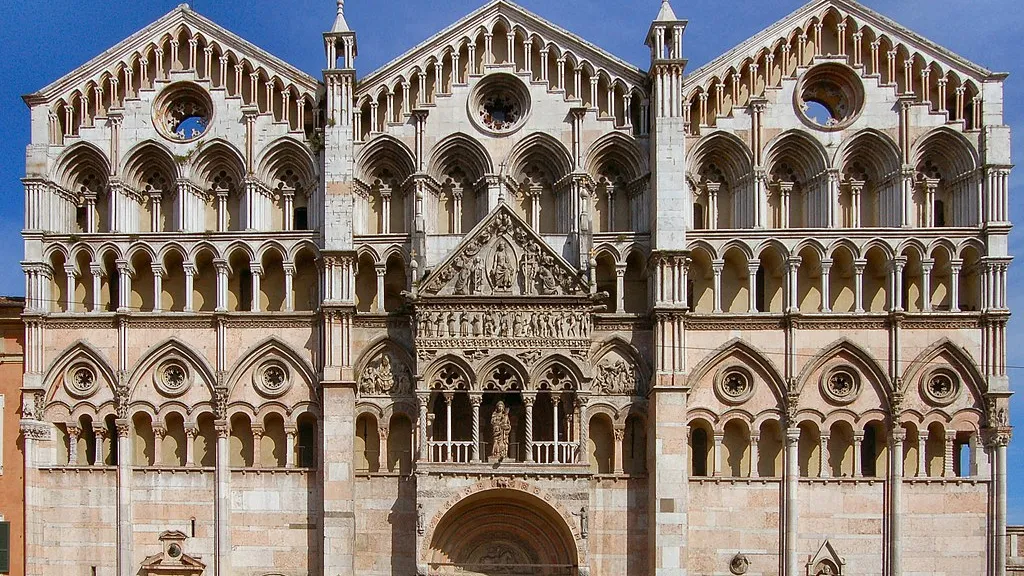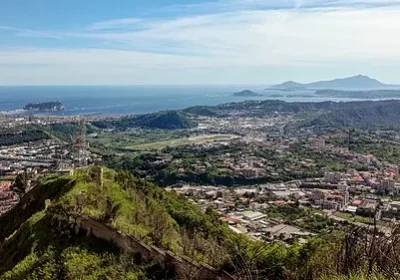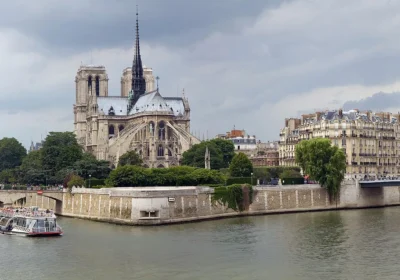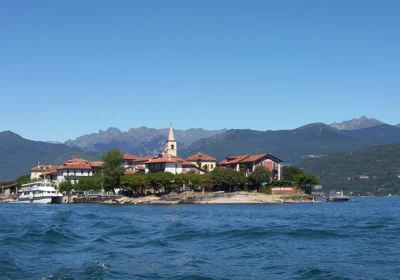Overview Tour of Ferrara “old town”.
Less prim than some of the provincial towns of Emilia-Romania, Ferrara has retained the opulence of the Renaissance, when the city was the seat of the d’Este family, who ruled here from 1260 to 1598. Under the patronage of the Dukes d’Este, Ferrara was the home of Petrarch, Titian, Antonio Pisanello and the poets Torquato Tasso and Ludovico Ariosto. Thanks to the D’Este family, Ferrara has many beautiful buildings, but the true masterpiece is the city itself. You will get to know the ancient part of the city. Here you will see the main monuments and buildings such as the Estense Castle, the Municipal Palace, the Cathedral.
The tour starts from Piazza Savonarola, from the Castle of the Dukes d’Este, whose construction began in 1385. As a result of one of the popular uprisings against the dukes and their rule, the castle originally had a purely defensive function. But later it became their residence. In the castle you can see the Gothic Halls, the Reception Rooms, the kitchens and the dungeon.
The Municipal Palace, the first residence of the Dukes of D’Este, is connected to the Castle of Estense by a closed passageway, inside which were the so-called alabaster rooms, once decorated with magnificent paintings by Titian, Raphael, Giovanni Bellini and Dosso Dossi, unfortunately lost.
The Archbishop’s Palace, built in the 17th century for Cardinal Ruffo Di Calabria.
Municipal Square, formerly the Court of Honour of the Ducal Palace. The square is adorned by the Staircase of Honour designed by Pietro Benvenuto degli Ordini.
The Cathedral is dedicated to the patron saints of Ferrara, Saints George and Mavrelius. The facade is in Romanesque style (lower part) and in Gothic style (upper part). Inside you can see numerous masterpieces from different eras and artists like Guercino, Garofalo, Bastianino, Baroncelli and others. The jewel of the cathedral is the Bell Tower made of white and pink marble.
The oratory of St Crispino, once home to cobblers, and the church of St Romano, which now houses the Cathedral Museum, where you can see works by Jacopo della Cuercia – “Madonna with Pomegranate”, Cosme Tura – “Annunciation” and “St George with the Dragon”.
Street of San Romano, an important artery of the medieval city: it led from the market square all the way to the River Po, an ancient trade road, the only one in Ferrara entirely covered with galleries.
The Church of St Paul, one of the most important with works by the artists Bastianino, Girolamo da Carpi and Scarsellino.
Street of the Vaults, which takes its name from the many vaults that connect the buildings on it. This street used to be the site of merchants’ warehouses.
Palace of Paradise, formerly belonging to the D’Este, then the University and now the Library.
There you can visit the Anatomical Theatre and the tomb of Ludovico Ariosto.
Macini Street, the main artery of the Jewish Ghetto. It is home to the Synagogue and the Jewish Museum.

















